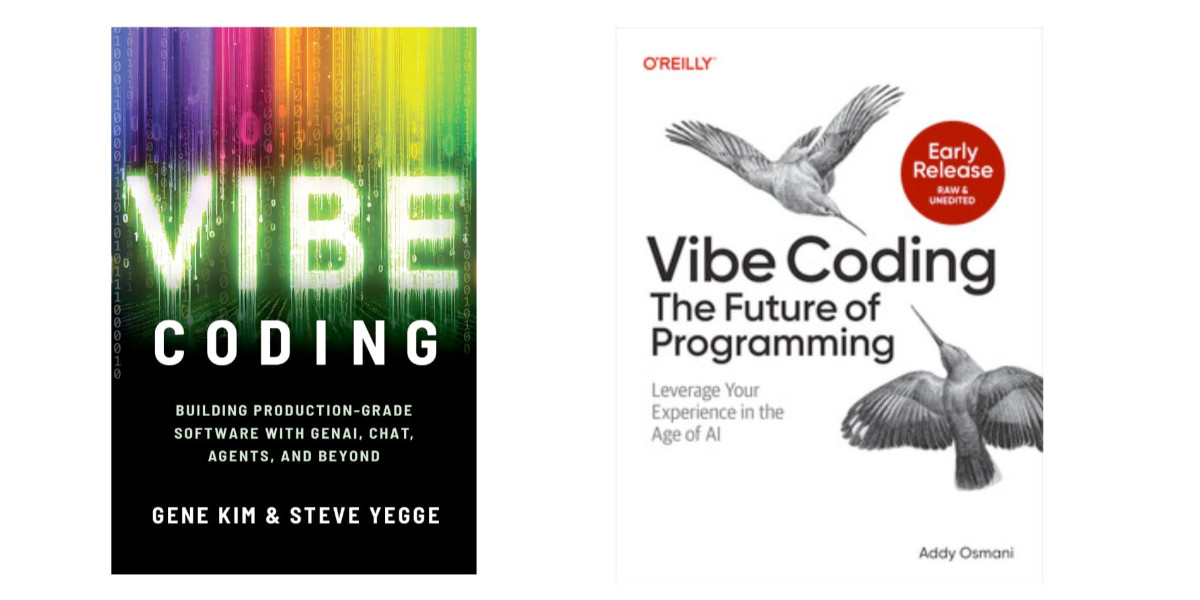Thursday, 1st May 2025
You also mentioned the whole Chatbot Arena thing, which I think is interesting and points to the challenge around how you do benchmarking. How do you know what models are good for which things?
One of the things we've generally tried to do over the last year is anchor more of our models in our Meta AI product north star use cases. The issue with open source benchmarks, and any given thing like the LM Arena stuff, is that they’re often skewed toward a very specific set of uses cases, which are often not actually what any normal person does in your product. [...]
So we're trying to anchor our north star on the product value that people report to us, what they say that they want, and what their revealed preferences are, and using the experiences that we have. Sometimes these benchmarks just don't quite line up. I think a lot of them are quite easily gameable.
On the Arena you'll see stuff like Sonnet 3.7, which is a great model, and it's not near the top. It was relatively easy for our team to tune a version of Llama 4 Maverick that could be way at the top. But the version we released, the pure model, actually has no tuning for that at all, so it's further down. So you just need to be careful with some of these benchmarks. We're going to index primarily on the products.
— Mark Zuckerberg, on Dwarkesh Patel's podcast
Two publishers and three authors fail to understand what “vibe coding” means
Vibe coding does not mean “using AI tools to help write code”. It means “generating code with AI without caring about the code that is produced”. See Not all AI-assisted programming is vibe coding for my previous writing on this subject. This is a hill I am willing to die on. I fear it will be the death of me.
[... 908 words]Redis is open source again (via) Salvatore Sanfilippo:
Five months ago, I rejoined Redis and quickly started to talk with my colleagues about a possible switch to the AGPL license, only to discover that there was already an ongoing discussion, a very old one, too. [...]
I’ll be honest: I truly wanted the code I wrote for the new Vector Sets data type to be released under an open source license. [...]
So, honestly, while I can’t take credit for the license switch, I hope I contributed a little bit to it, because today I’m happy. I’m happy that Redis is open source software again, under the terms of the AGPLv3 license.
I'm absolutely thrilled to hear this. Redis 8.0 is out today under the new license, including a beta release of Vector Sets. I've been watching Salvatore's work on those with fascination, while sad that I probably wouldn't use it often due to the janky license. That concern is now gone. I'm looking forward to putting them through their paces!
See also Redis is now available under the AGPLv3 open source license on the Redis blog. An interesting note from that is that they are also:
Integrating Redis Stack technologies, including JSON, Time Series, probabilistic data types, Redis Query Engine and more into core Redis 8 under AGPL
That's a whole bunch of new things that weren't previously part of Redis core.
I hadn't encountered Redis Query Engine before - it looks like that's a whole set of features that turn Redis into more of an Elasticsearch-style document database complete with full-text, vector search operations and geospatial operations and aggregations. It supports search syntax that looks a bit like this:
FT.SEARCH places "museum @city:(san francisco|oakland) @shape:[CONTAINS $poly]" PARAMS 2 poly 'POLYGON((-122.5 37.7, -122.5 37.8, -122.4 37.8, -122.4 37.7, -122.5 37.7))' DIALECT 3
(Noteworthy that Elasticsearch chose the AGPL too when they switched back from the SSPL to an open source license last year).
Making PyPI’s test suite 81% faster (via) Fantastic collection of tips from Alexis Challande on speeding up a Python CI workflow.
I've used pytest-xdist to run tests in parallel (across multiple cores) before, but the following tips were new to me:
COVERAGE_CORE=sysmon pytest --cov=myprojecttells coverage.py on Python 3.12 and higher to use the new sys.monitoring mechanism, which knocked their test execution time down from 58s to 27s.- Setting
testpaths = ["tests/"]inpytest.iniletspytestskip scanning other folders when trying to find tests. python -X importtime ...shows a trace of exactly how long every package took to import. I could have done with this last week when I was trying to debug slow LLM startup time which turned out to be caused be heavy imports.
I was grumbling to myself about how if we're going to give in, ditch the proper definition and use "vibe coding" to refer to all forms of AI-assisted programming, where do we draw the line?
Is it "vibe coding" if my IDE suggests the completion of a single line of code? How about if I copy and paste in a three line "escape HTML characters" function from ChatGPT? What if I copy and paste some code from StackOverflow that it turns out was AI-generated by someone else? How much AI-assistance does it take to switch from programming to "vibe coding"?
Then I realized that the answer was staring me in the face. There is no clear line. It's all in the vibes.
